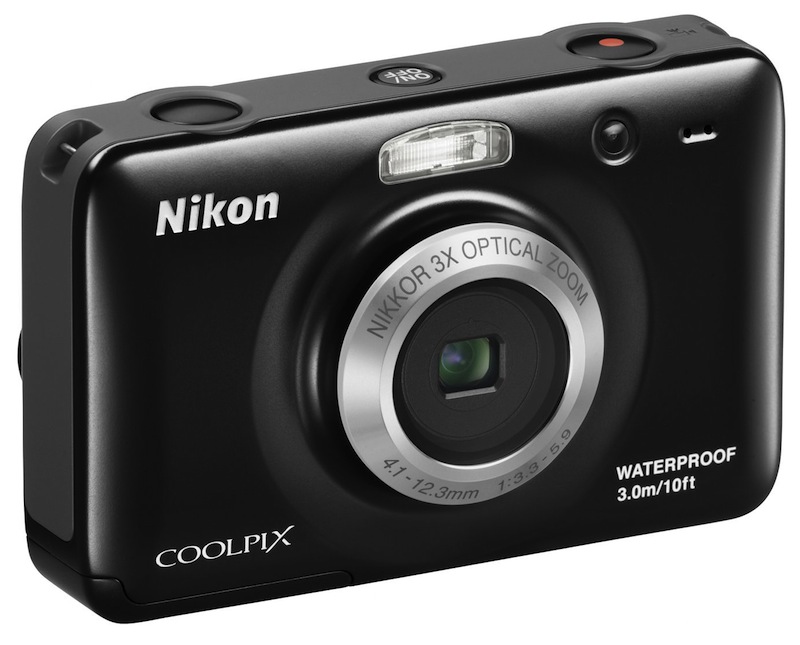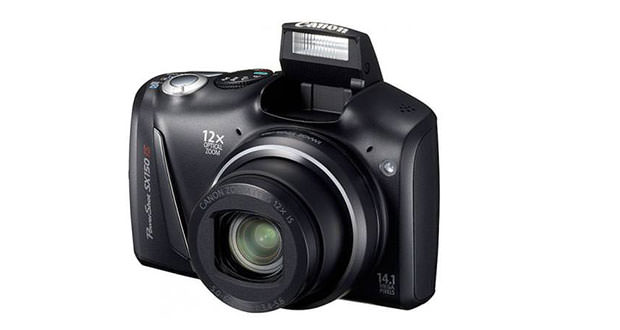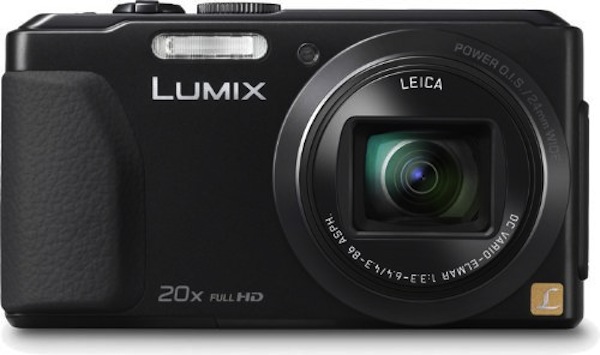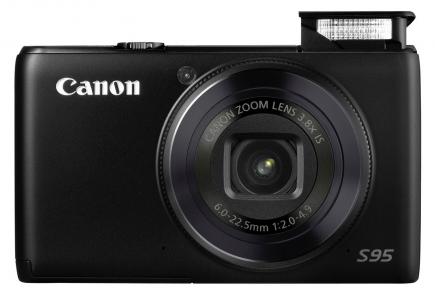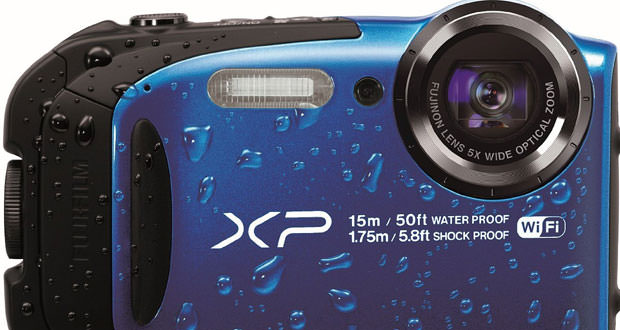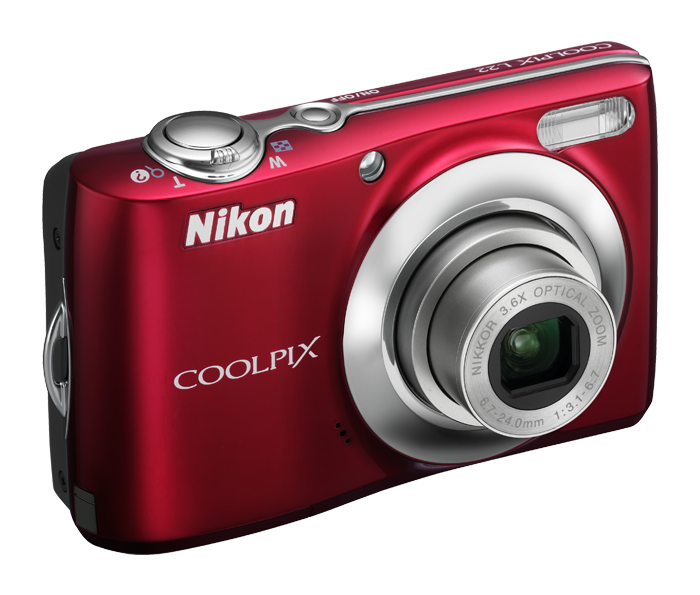Fujifilm FinePix X100S: Review
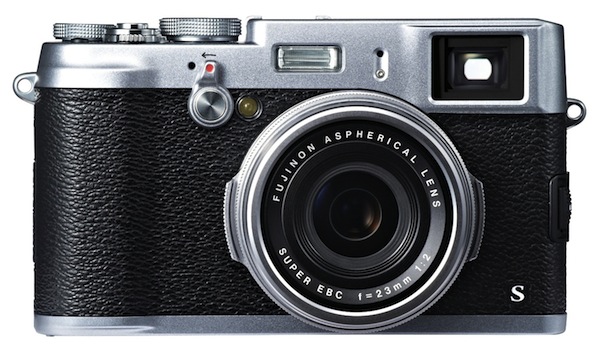
Fujifilm FinePix X100S is a mirrorless camera with 16 mega pixels by the excellent quality and a retro style irresistible. The Fujifilm FinePix X100S is the direct heir of the Fujifilm X100, which has become very popular among amateurs and professionals looking for a compact premium capable of producing quality images comparable to the SLR.
For many, the retro style design and controls, combined with modern technology and a lens with a fixed focal length equivalent to 35 mm and aperture f: 2, have made it a natural choice for street photography and photojournalism.
With these enthusiasts in mind, Fujifilm X100 has designed the upgrade of the successful, inputting about 70 updates on heir Fujifilm FinePix X100S. The most obvious is the sensor in APS-C format, inherited from the prestigious X-Pro1. It is a device X-Trans CMOS II based on a particular technology which is also found on the compact X20 recently proven.
Unlike most cameras that use an array of receptors RGGB in size 2 × 2, the new sensor Fujifilm FinePix X100S uses a model 6 × 6 with a random arrangement of color filters within each block of 36 sensitive receptors to light. The result is a sensor less prone to suffer from moire, eliminating the use of anti aliasing filter to the advantage of sharper, more detailed image.
The sensor is also grown for resolution, going from 12.3 to 16.3 mega pixels. Coupled to a processor EXR II, promises to produce images with signal / noise ratio improved by 30% compared to the previous X100, in addition to bringing the burst to 6 fps for 29 consecutive images and a shutter lag limited to 0.01 seconds. Finally, RAW images are acquired at 14-bit, shooting video in Full HD 60p.
Table of Contents
Fujifilm FinePix X100S: Design and Control
For materials and aesthetics, the Fujifilm FinePix X100S little or nothing changes compared to the X100. The chassis is always in solid magnesium alloy, with finishes of the highest quality and pleasantly retro style. Thanks to the rubberized coating and deep front grip rightly, the X100S is comfortable to hold in your hand, making it almost useless to the classic shoulder bag. Not precluded a front socket and a more accentuated rubberized base for the thumb on the back to maximize comfort and maneuverability.
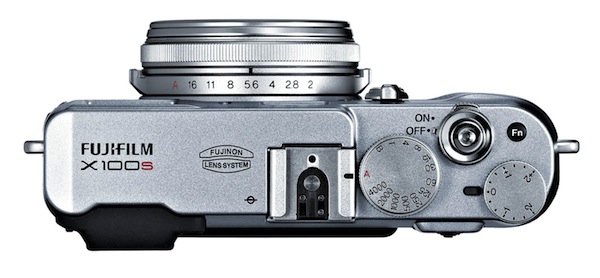
Exposure is controlled by separate dials for shutter speed and aperture, with the ability to enable an semi automatic or fully manual. We also have physical control for exposure compensation, for rapid adjustment of up to 2 EV in both directions in steps of 1/3 EV. The arrangement of the buttons is similar to that of X100, apart from the RAW button now renamed Q, with quick access to the Quick Menu as happens on the Fujifilm X-Pro1.
The shortcut menu is structured so excellent, with easy access and immediate access to every function. There are plenty of buttons to act quickly on the core functions, such as flash, white balance, macro mode and the options for the sequential shooting, in addition to the customizable Fn Button which we can assign one of the 15 available features.
There is not only a dedicated access to the control of ISO sensitivity. As in most compacts, the Fujifilm FinePix X100S the point of focus is selected by pressing a button and then using the navigation keys to find the one, you want, everything would be easier if the rear screen was touch, making this truly intuitive control and immediate.
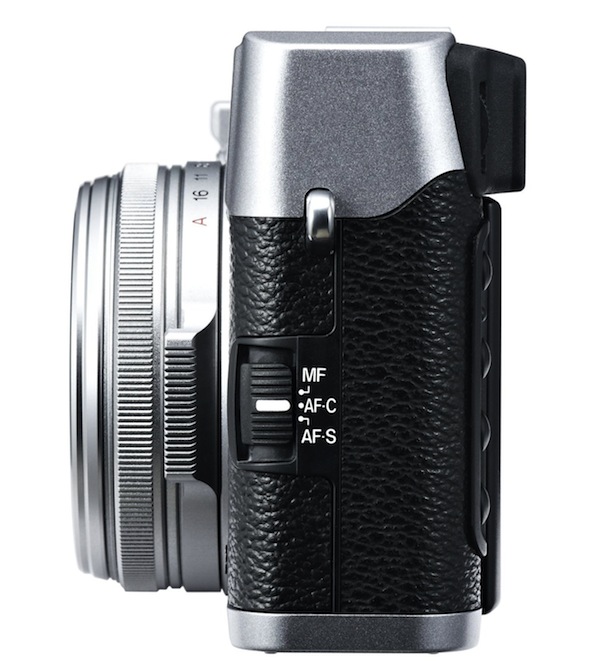
Fujifilm has decided to improve the optical viewfinder, giving it a sort of HUD that displays a set of parameters of recovery and the point of focus. In essence, it is a hybrid optical / electronic (EVF 2,360,000 pixels), which allows you to see the image as it will be captured with the exposure and the white point selected, as well as view a complete coverage of the shooting scene. So to resume our main choice quickly becomes the viewfinder delegating the rear screen to display only the shots and menu control.
Fujifilm has added two new modes for focus assist, Digital Split Image Focus and Highlight Peak. The first makes the center of the frame in black and white, dividing it into four bands: when the edges of the latter match, then the subject is in focus.
It works well, especially when working with large aperture and macro shots, but we found Focus Highlight Peak easier to use in most situations, especially the critical ones in which it is difficult to understand if the focus is precise. When selected, the areas of the greatest contrast to the subject are bordered in black and white when we focuser successfully.
Fujifilm FinePix X100S: Performance
Fujifilm is convinced that the sensor used on the X-Pro1 before and now on the X100S is able to compete on quality with full-frame SLR. Although the results say that there is still a certain gap, the new compact is able to produce images from the impressive level of detail.
Also the noise is well controlled. The higher ISOs details only result a bit and softened with a good dose of luminance noise visible, but the files are still ready to be printed in A3 format, with surprising results. Even if the lens is relatively wide-angle (23 mm), does not suffer from excessive distortion or flare, both contained, although in some cases – taking pictures of buildings from the bottom – the curvature of the lines is evident. Suffers little even as regards the purple fringing, apart extreme conditions, with a halo of color on the corners at high contrast.
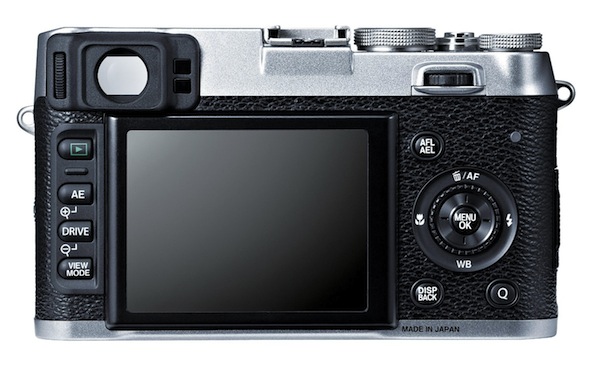
Among the advantages immediately apparent in this vein there is the extraordinary and soft bokeh effect produced by the nine-blade diaphragm. After that, we can get closer in macro mode up to 10 cm and, finally, the built-in ND filter 3-stop mode blurs the background in portraits with effectiveness in addition to applying a lovely silky running water even in bright environments.
We have no reason to complain about a hybrid auto focus system (phase detection and contrast), which, when shooting outdoors in natural light, it shows fast and accurate. In low light performance are satisfactory, it is only really in crisis in poorly lit environments. In Single AF mode the Fujifilm FinePix X100S focused successfully and with relative speed.
With moving subjects, continuous auto focus decreases the speed maintaining a more than adequate precision; pity only that the focus point is locked to the center thus limiting the versatility of the camera in the shots or sports, for example, fast-moving children during a party.
Overall, the exposure metering proved precise, although in some situations, we overexposed by 1/3 stop, as in the recovery of an urban landscape under a clear sky. We used the Fujifilm FinePix X100S with the white point set to automatic, thanks to the ability of the machine to best meet every lighting situation, producing natural-looking results that reflected the atmosphere for the scene.
Just lighter sources the system is in crisis, with images from the yellow cast, in this case better a personalized choice of white point, with a final correction – if necessary – a few seconds with the preferred image-editing program (we have acted with Photoshop CS6 with ACR 7.4 and Lightroom 4.4 RC that offer the full support of X100S shooting in RAW).
The Fujifilm X100S also features the Advanced Filter function, an option where we can choose the more traditional, with a minimum of freedom of action dedicated parameters, including eight different artistic effects (Pop Color, Toy Camera, Miniature, Dynamic Tone, Partial Color, High Key, Low Key, Soft Focus).
Shooting in RAW with Fujifilm X100S, it soon becomes clear that the dynamic range is particularly high, especially at low ISO values, where the absence of anti aliasing filter and the combined work of the new sensor and processing engine produces images high detail. If you go up the sensitivity, X100S continues to flex its muscles up to ISO 1,600.
The signal / noise ratio is convincing, especially to values between ISO 200 and 800, with pictures usable up to ISO 1,600. The media still immature conversion software (at the time the release candidate versions of Adobe Camera RAW 7.4 and 4.4 Lighroom) unfortunately penalizes shooting in RAW: take pictures in JPG algorithms of noise reduction applied directly on-camera produce images even satisfactory up to ISO 3,200.
Conclusion
Taking some of the best elements of the X-Pro1, such as the APS-C format sensor and the control menu, Fujifilm has produced a successful update of the X100, Fujifilm FinePix X100S making this a very desirable also for the superb quality of the images. Overall it is a very pleasant and rewarding camera to use. Its hybrid viewfinder is superb, retro style controls allow rapid and complete exposure, also advanced filters (especially Film Simulation) allows an effective control on the creative shots directly on-camera.
Even if the AF system is not yet up to a DSLR or some compact / mirrorless high range, it is quite fast and accurate for most cases. We close with the most important factor: the captured images have a very high detail with a noise well controlled. Only two are in a body the size above average for a compact lens with fixed focal length and a rear screen and non-touch fixed unfortunately, a contradiction to this modern object of desire.
Where to Buy Fujifilm FinePix X100S

Features
Performance
Value of Money
PROS : Solid body, retro aesthetic success, complete physical controls, excellent image quality, hybrid viewfinder, effective filters, Full HD video with high bit rate.
CONS : Limited buffer for burst mode, fixed and non-touch screen, support RAW immature.
